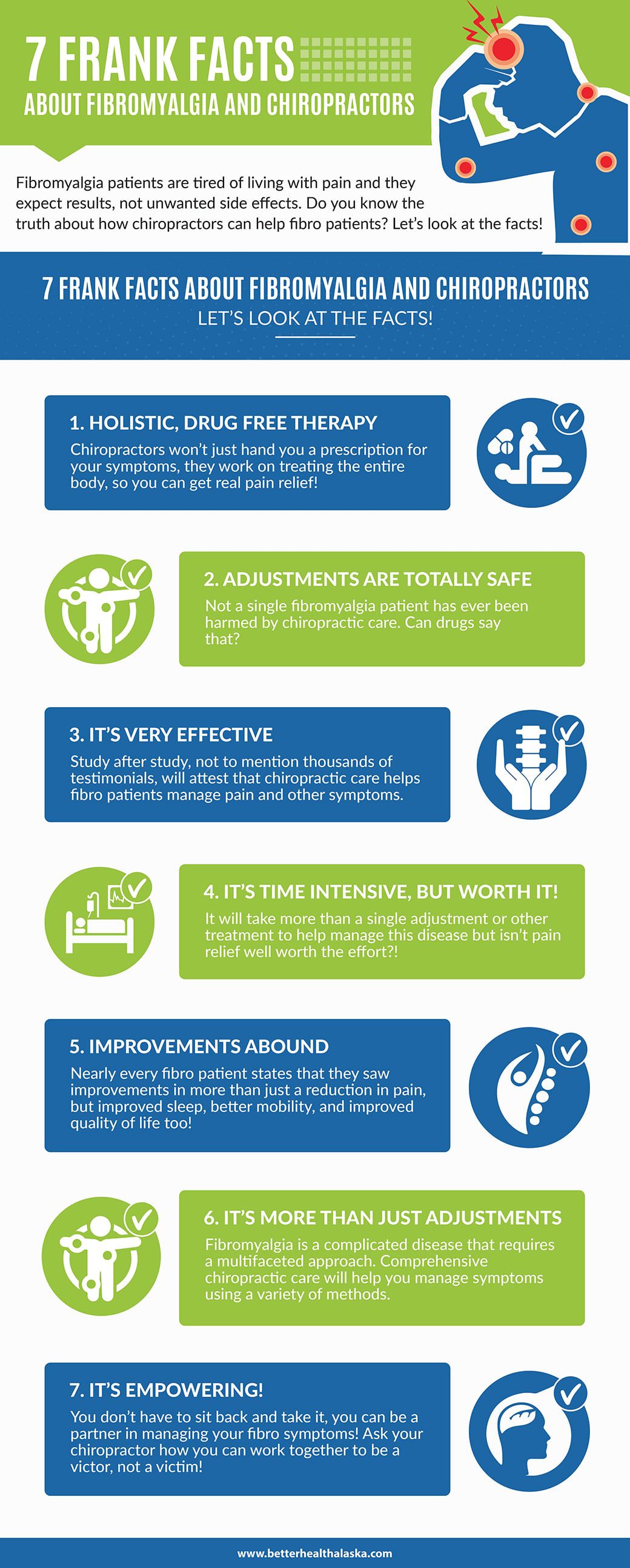The Duty Of Position In Pain In The Back: Tips For Achieving And Maintaining Good Alignment Throughout Your Day
The Duty Of Position In Pain In The Back: Tips For Achieving And Maintaining Good Alignment Throughout Your Day
Blog Article
Content Writer-Conway Rollins
Preserving proper position isn't just about staying up right; it has to do with straightening your body in a manner that supports your back and minimizes the danger of back pain. The means you rest, stand, and move throughout the day can substantially affect your spine health and wellness. However how specifically can you make sure great positioning consistently, even throughout active days loaded with different tasks? Let's delve deeper into the subtle yet impactful adjustments you can make to your daily regimen to keep your back satisfied and healthy.
Significance of Appropriate Position
Proper posture is important in keeping a healthy back and preventing discomfort. When you sit or stand with good pose, your spine is in positioning, minimizing pressure on your muscles, tendons, and joints. This alignment permits the body to distribute weight uniformly, preventing too much stress on certain locations that can result in discomfort and discomfort. By keeping your spinal column correctly aligned, you can likewise improve your breathing and digestion, as slouching can press organs and limit their functionality.
Moreover, keeping great pose can improve your general look and self-confidence. When you stand tall with your shoulders back and head held high, you exhibit self-confidence and appear more friendly. Good stance can additionally make you really feel more invigorated and alert, as it advertises correct blood flow and permits your muscle mass to work effectively.
Incorporating proper stance right into your day-to-day regimen, whether resting at a workdesk, walking, or working out, is vital for protecting against back pain and advertising overall health. Remember, a little modification in how you hold yourself can make a substantial difference in exactly how you really feel and operate throughout the day.
Common Postural Mistakes
When it pertains to maintaining excellent position, many individuals unconsciously make usual mistakes that can add to pain in the back and pain. One of one of the most prevalent mistakes is slouching or hunching over while resting or standing. This position puts extreme pressure on the spinal column and can bring about muscular tissue inequalities and pain over time.
One more common blunder is overarching the reduced back, which can squash the natural contour of the spine and cause pain. In addition, crossing legs while sitting might feel comfortable, but it can create an imbalance in the hips and hips, causing postural problems.
Using linked web-site that's also soft or as well strong while sleeping can also affect your positioning and contribute to back pain. Last but not least, regularly craning your neck to take a look at displays or readjusting your placement frequently can stress the neck and shoulders. Being https://www.chiroeco.com/professional-physical-therapy/ of these common postural mistakes can aid you preserve far better placement and lower the threat of neck and back pain.
Tips for Correcting Placement
To improve your placement and reduce back pain, it's vital to concentrate on making small modifications throughout your daily routine. Start by bearing in mind your position. When resting, guarantee your feet are flat on the floor, your back is straight, and your shoulders are loosened up. Stay clear of slouching or leaning to one side. Use ergonomic chairs or pillows to sustain your reduced back.
When standing, disperse your weight uniformly on both feet, keep your knees slightly curved, and tuck in your hips. Engage your core muscle mass to sustain your spine. Take breaks to extend and walk if you have an inactive job. Include workouts that reinforce your core and back muscular tissues, such as slabs or bridges.
While resting, utilize a pillow that sustains the natural curve of your neck to keep proper back positioning. Prevent sleeping on your stomach, as it can strain your neck and back. By bearing in mind these pointers and making small adjustments, you can gradually remedy your placement and ease back pain.
Conclusion
Remember, maintaining good posture is essential to preventing back pain and promoting spine health. By bearing in mind your alignment, distributing weight evenly, and engaging your core muscular tissues, you can lower pressure on your back and minimize the danger of discomfort and injury. Integrate ergonomic support, take regular breaks to extend, and reinforce your core and back muscle mass to keep appropriate placement throughout the day. Your back will certainly thank you for it!
